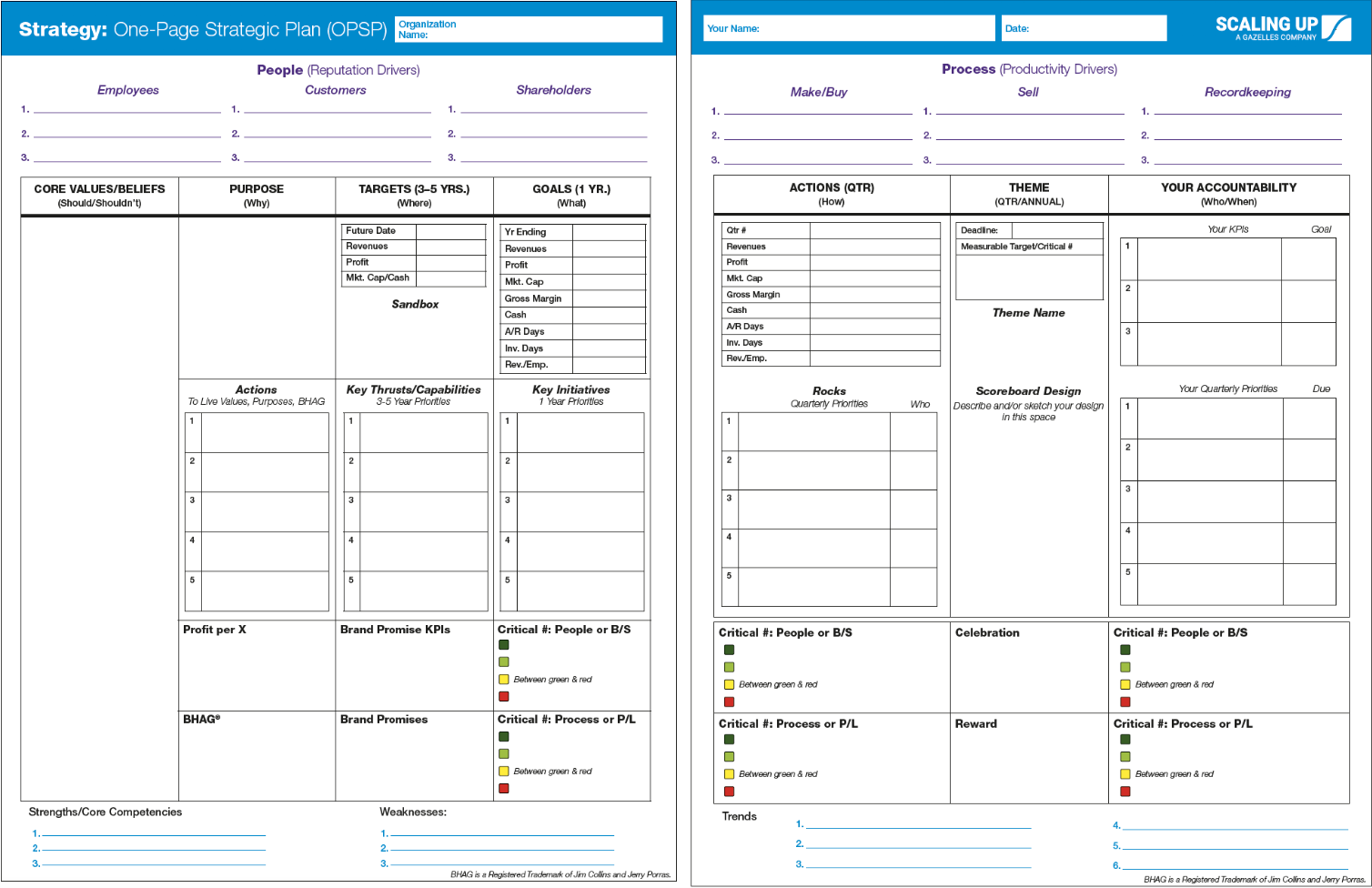Do you have a strong idea of where your company is heading? Is this in the form of a business plan? Planning can be helpful whatever you do in life, whether personal or business. As the Cheshire Cat replied to Alice when she asked which way to go, ‘That depends a good deal on where you want to get to.’
It’s important to understand where you want to end up.
Why write a business plan?
In the UK, people who start businesses are typically in their mid-forties. Maybe they have 12 or so years of industry experience under their belts. Their new business is often something they were paid to do before but have now decided to do for themselves. In the early years, there was often an attitude of ‘any revenue is good revenue’. The business evolves with a disparate client base. There’s no clear plan.
If this is the case for you, you may wonder how to take your company to the next level. You’re at the point when a comprehensive business plan will help. It will help you crystallise what you’re trying to achieve and in what timeframe. Also, the resources you will need to bring to bear and the milestones along the way that you need to measure.
What is the best business planning tool?
2022 is the twentieth anniversary of Verne Harnish’s book, ‘Mastering the Rockefeller Habits‘ and it’s just as relevant today as it was when first written. Since then, it’s been my guiding light. I’ve used it during my time as MD of three fast-growing companies. The principles helped me scale these businesses from zero revenue to £30 million in five years. Now, I coach CEO clients and their Executive teams using this framework.

In chapter three, Verne introduces the concept of a One-Page Strategic Plan (OPSP). I can honestly tell you, hand on heart, that I’ve never found anything better than this. In my view, every leader of a scaling business should work from this template. Brevity is at its core, but that doesn’t mean it’s lightweight. As the great philosopher Cicero said, ‘If I had more time, I would have written you a shorter letter’. Being concise takes effort.
What will a business plan achieve?
If you want your company to go from ‘Good to Great’ (using Jim Collins terminology), use the OPSP. It will help you plan to increase your talent density, get A-Players into roles and ensure the whole Executive team fit this profile. It will clarify future direction and the destination you’re heading towards, with clear metrics in place. The structure of the OPSP will align your leadership team on the journey. And it will give this journey a sense of pace. In fact, ‘alignment’ and ‘pace’ are the two words most commonly used by clients to describe the benefits of the OPSP.
Maybe you intend to be in the top 5 to 10% of businesses in your sector, outperforming the average business five or even ten-fold? The OPSP will help this become a reality.
We’ve noticed a distinct pattern amongst our clients. They tend to bifurcate into two distinct paths between nine and eighteen months after writing their OPSP. Some decide it’s too much effort to stick with the plan. They go back to being average. Others stick with it and put in the necessary work and dedication. These businesses start to grow exponentially – such is the power of a good OPSP.
Business plans help you do fewer things faster
It typically takes us two full days to bash out a draft of the OPSP for the first time. Once it’s finalised, we iterate and keep iterating and refining until everyone’s happy.
Starting with the end in mind, the focus is on doing fewer things faster and better in service of the plan. Strategy is about saying ‘No’ more than you say ‘Yes’. And you’re going to need to test some assumptions. Work out what these are and challenge them. The outcome of the process will help you agree on the things to do in the next 90 days. The beauty of the OPSP is that it takes you from 50,000 feet to 500 feet to see the measurable actions for the next quarter.
Start with purpose, core values and BHAG
Start by defining your BHAG – your Big Hairy Audacious Goal that you’d like to reach in ten to twenty years. We’ve written before on how to find this, along with the purpose or reason for the existence of your business. Both are fundamental to a business plan and require deliberate thought.
Core Values are also crucial as they provide a framework to retain control over your beliefs in the long term. Values are the definition of your company’s culture. They’re a shorthand way of capturing behaviours that you see as non-negotiable in your business.
Part of the thinking around values and purpose involves working out how to bring them to life in your business. This ‘Rockefeller Habit’ will make a material difference to the success of your plan.
Set objectives in your business plan

Now start looking at a closer horizon of three to five years from where you are now. Typically, we look at how fast a client is growing and the timescale they’re likely to double in size. The horizon could only be one year out if you’re growing at 100% a year. It’s more normal to look at around three years.
Once you’ve agreed on this horizon, work out the three to five main thrusts that will enable this three to five-year goal to become a reality. Later on in the process, we’ll work on your strategic differentiators. But at this point, we’re looking at how you go to market and show up relative to your competitors. What does your positioning look like?
These main thrusts may not be exactly right, but we have other tools further down the line that allow us to test and understand this.
Look at the next twelve months
Working back from the three-year horizon, focus on the immediate year ahead. What are the one-year goals regarding revenue, profit, margin and cash? And what are the non-fiscal goals? There will be key initiatives or, as we call them, annual OKRs. We break these down into five smaller goals and one critical number for the year. Jack Stack, in his book ‘Great Game of Business’, suggests highlighting a weakness in your balance sheet or income statement. Is there something important that you need to fix?
And as for the critical number. Think about what it is that drives your economic engine. In the three businesses that I’ve scaled, we had a relentless focus on monthly recurring revenue. This was the critical number that we measured throughout the year. You might decide on NPS, churn or some other measurable number.
Start execution planning
The second half of the OPSP is primarily concerned with execution planning – the nuts and bolts of how you will achieve your objectives. This is where you feed in any results from your SWOT analysis, focusing on opportunities that could enable you to exceed the plan. These are potential upsides that you’ve pencilled into the plan. You might not be ready to go after them yet. Also, think about the threats that might mean these don’t happen.
The process moves into quarterly planning. What are your financial and critical numbers for the quarter and the five ‘rocks’ that you will focus on? Work on a theme for the next 90 days, and give it a name and a measurable target. How will you celebrate when you hit this?
Set individual OKRs that link with the business plan
Last but certainly not least, think about how you will distribute your OPSP across the organisation. How will you link it to each person? Every individual working in the business should have a set of personal priorities or OKRs that link up with the overarching OKRs of the business. Start with the executive team and then cascade down through the organisation, so everyone has their top five objectives and key results for the quarter. These should link directly to the BHAG. There needs to be a sense of every team member contributing to the overall mission of your business.
Written by business coach and leadership coaching expert Dominic Monkhouse. Contact him to schedule a call here. You can order your free copy of his book, Mind Your F**king Business here.

